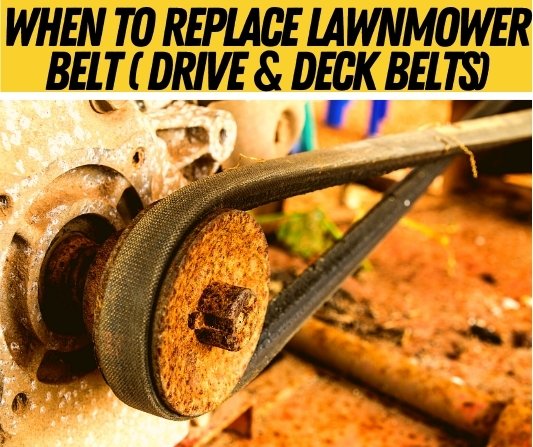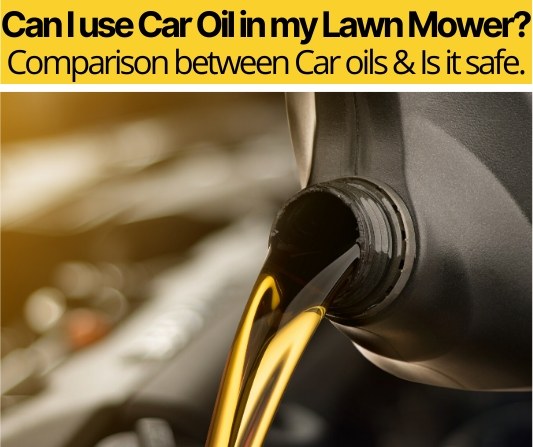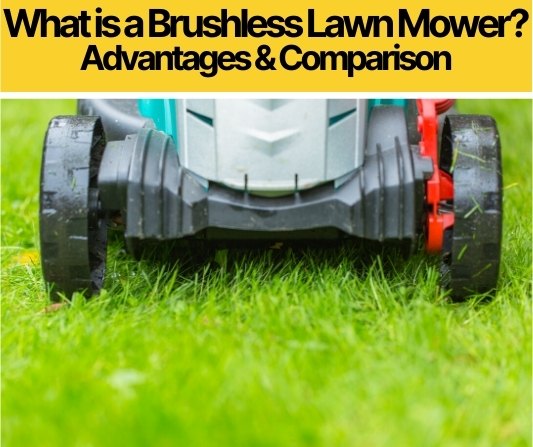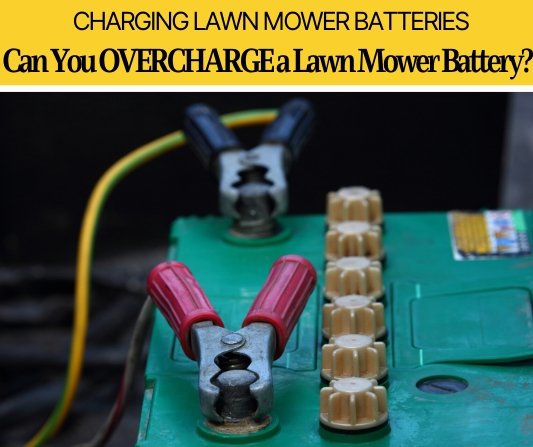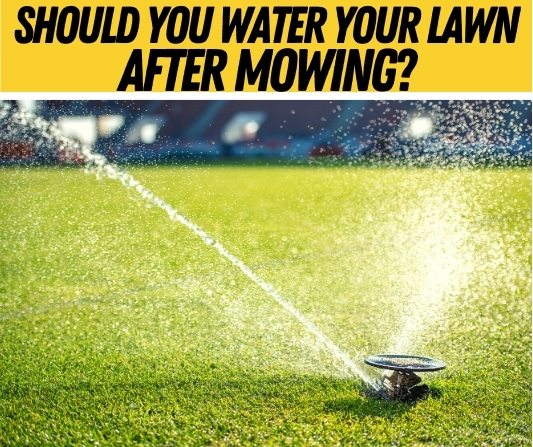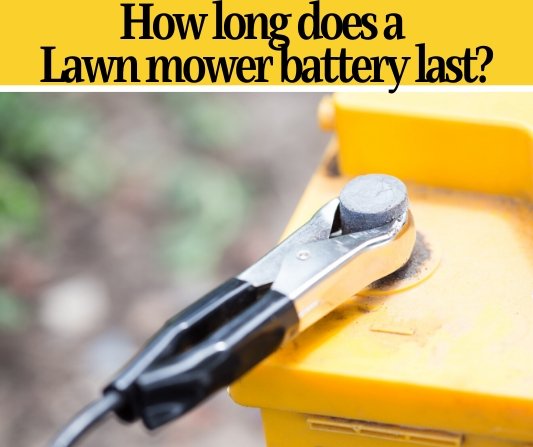 With so much choice out there for lawn mowers, it’s hard to know what’s the best option for you.
With so much choice out there for lawn mowers, it’s hard to know what’s the best option for you.
How powerful does your mower need to be and what are the benefits between types?
In this article, we take a look at everything you need to know about Lawn Mower Power, from push lawn mowers to lawn tractors, so you can be sure of the right mower for you.
How Much Horsepower Does a Lawn Mower Need?
The most important thing to consider when choosing a lawn mower for your yard is size. The size of your lawn will help determine what kind of mower is best suited for you and how powerful it needs to be. Other factors such as the shape and of terrain of your lawn, as well as your budget will be important for finding the perfect lawn mower for you.
Electric lawn mowers are best suited for smaller yards of around 1500 square feet or under due to limited cord length or battery life. If you are in good physical condition, the electric push mower is a more lightweight and cheaper option than the self-propelled model which isn’t as necessary for really small lawns. Bear in mind that Whether corded or battery powered, electric mowers just won’t have the same power cutting through tall, thick grass that gas mowers have. However, as long as you keep on top of your yard work and your lawn isn’t too large, an electric mower is more than enough for the job.
Gas powered lawn mowers are more heavy duty and better for covering bigger yards whilst still using a walk behind mower. Their durability and power make them a popular choice for many homeowners with medium sized yards up to 1/3 of an acre (14520 sq. feet). Gas mowers also can be push or self-propelled, although they tend to be heavier, and with bigger lawns can be tiring to push around. If your property has a rougher terrain with tough sprigs of grass and bumps, a self-propelled, gas-powered mower with a higher end horsepower is the way to go. These tend to be a lot more expensive than electric mowers, but they are more powerful and durable machines. A good example would be the the Honda, NeXite Variable Speed 4-in-1 Gas Walk Behind Self-Propelled Mower with Select Drive Control. At 200cc, this model has more than enough power to take on medium to large sized yards and tough grass with ease.
When it comes to large yards over half an acre (21780 sq. feet), a riding mower or lawn tractor is the only reasonable option. A walk behind mower for such a large area would be both time consuming and physically exhausting. As for choosing between the riding mower and lawn tractor, it really depends on what you do on your yard as to which mower best suits your needs as both mowers on average have good enough horsepower for your grass cutting needs.
Regular lawn mower
Lawn mowers that have a motor for the blade but still require muscle power to propel it forward don’t need as much horsepower as other types. Their lightweight build and reliance on physical labor mean they don’t need a high output. A regular lawn mower will need about 2.5 HP for a cheaper mower for small, flat lawns with little need for hard maintenance. The higher end power for these mowers is about 4.0 HP, but still only really suitable for smaller yards.
Self-propelled lawn mower
Because a self-propelled mower powers both the cutting blade and drives the mower forward, the motor will be a little heavier. This means more horsepower is needed to keep it moving along smoothly. For a good, heavy duty mower that will work through tall grass and uneven lawns, around 6.0 HP is what you will need.
Electric lawn mower
Electric lawn mowers can’t really compete with the power output of gas mowers and the increased difficulty of task such as big lawns and tough grass. Electric mowers are the eco-friendly option but are best suited to smaller lawns. So, with a reliable power source and a corded mower with 12 amps should be sufficient. Anything lower and you may find it difficult to deal with anything other than a simple, flat lawn.
Riding lawn mower/ lawn tractor
The size of your yard depends on how much horsepower your ride on mower needs. The more distance you need to cover means a lot more work for your mower, so you will need to up the horsepower. From ½ an acre to an acre, a 14HP engine is a sufficient low-end power output. For yards between 1 and 2 acres, an output of 14 to 16 HP is necessary. With yards of 3 acres or more, an engine size of around 18 to 24 HP is needed. Another factor to consider when choosing a mower for these sizes of yards is the width of the cutting deck. From around 42” for the lower end, up to 54” for large yards is suitable. For riding mowers, we suggest the Ultima ZT1 50 in. Fabricated Deck 23 HP Kawasaki FR Series V-Twin Gas Engine Zero Turn Mower with Lap Bar Control, from Cub Cadet. The 23HP engine makes it more than capable for the largest yards. Its 50” cutting deck and zero turn mower will also cut the time it takes to work through your yard.
How much horsepower is the average lawn mower?
You may be wondering how powerful the average lawn mowers tend to be for small to medium sized yards. You don’t want it to be overkill but you still need it to be able to cut your lawn sufficiently without being bogged down.
Push mowers
For push lawn mowers, the average engine output for gas powered models is about 160cc. Because it is gas powered, you will find it will also be more reliable for getting the job done. Electric push mowers are most often 12 amps if you want a corded model. Battery powered mowers average between 40 and 60 volts, with either 4 or 6 Ah (Amp hours), for a good middle of the line mower to get the job done.
Walk behind mowers
There isn’t a great amount of difference in average output for self-propelled, walk behind lawn mowers than push models. Self-propelled gas-powered mowers average 160cc engines again, as well as 12 amps for corded and 40-60 volt for battery models like with push mowers. The biggest difference is as you would expect, the price. The average does not relate to automatically being likely good enough for most jobs though. Always take into account the size and difficulty of the lawns your lawn mower will be taking on before making a decision.
Riding lawn mowers
With around 14 HP being the lower scale for larger lawns and 24 to 25 HP being around as powerful as you can get on average, you will find around 20 being the most common horsepower for riding mowers. That’s the sweet spot you’d be looking for when it comes to most large yards without overspending for unnecessary power. A 42” cutting deck is also the average width for most riding mowers and will be sufficient for most lawns.
Comparison between different engine sizes
When it comes to small engine lawn mowers, comparing engine sizes isn’t a straightforward task. In the past, lawn mowers most often were rated by their horsepower output that would inform the customer of its power capabilities. However, when looking online for a new lawn mower you will probably notice power ratings have changed. The more common output measurement now is recorded as cc (cubic centimetres) for engine displacement. It can all be a little confusing and you can’t be sure what kind of power you will be getting with certain cc lawn mowers.
Unfortunately, there is not a direct translation between what the horsepower output would be on mowers with cc ratings as different manufacturers produce different power for the same rated cc engines. What we can do though, is help you better understand what size of engine you will need for your type of lawn and the amount of horsepower you can roughly expect. However, Once you have a rough idea of the cc rating best suited, its best to ask the manufacturers or experts at your local hardware store for more exact specifications on the model you are looking at because of the variation in engine output between brands.
125cc /140cc / 150cc
125 to 140cc lawn mowers from manufacturers like Briggs & Stratton give an output of around 3 HP to close to 4 HP for their lower powered engines. A nice cost-effective option for light work on smaller lawns. 150cc lawn mowers are not as common to buy as 140cc is good for most small jobs and if you are looking for more power, it is worth going to at least 160cc for the difference in power and price you would get.
160 / 190cc
Most mowers powered 160cc and over are well suited to tougher terrains and bigger lawns. Briggs & Stratton rate their engines gross HP output from 4.5 HP for 160cc mowers, to 5.75 for 190cc mowers, but it does depend on the series of engine you get as the horsepower can vary slightly even with the same cc rating. However, Honda engines at 160cc can quite often have a horsepower output of around 5.5, which emphasizes the point that engines labeled in cc does not correlate directly to the gross HP they have.

